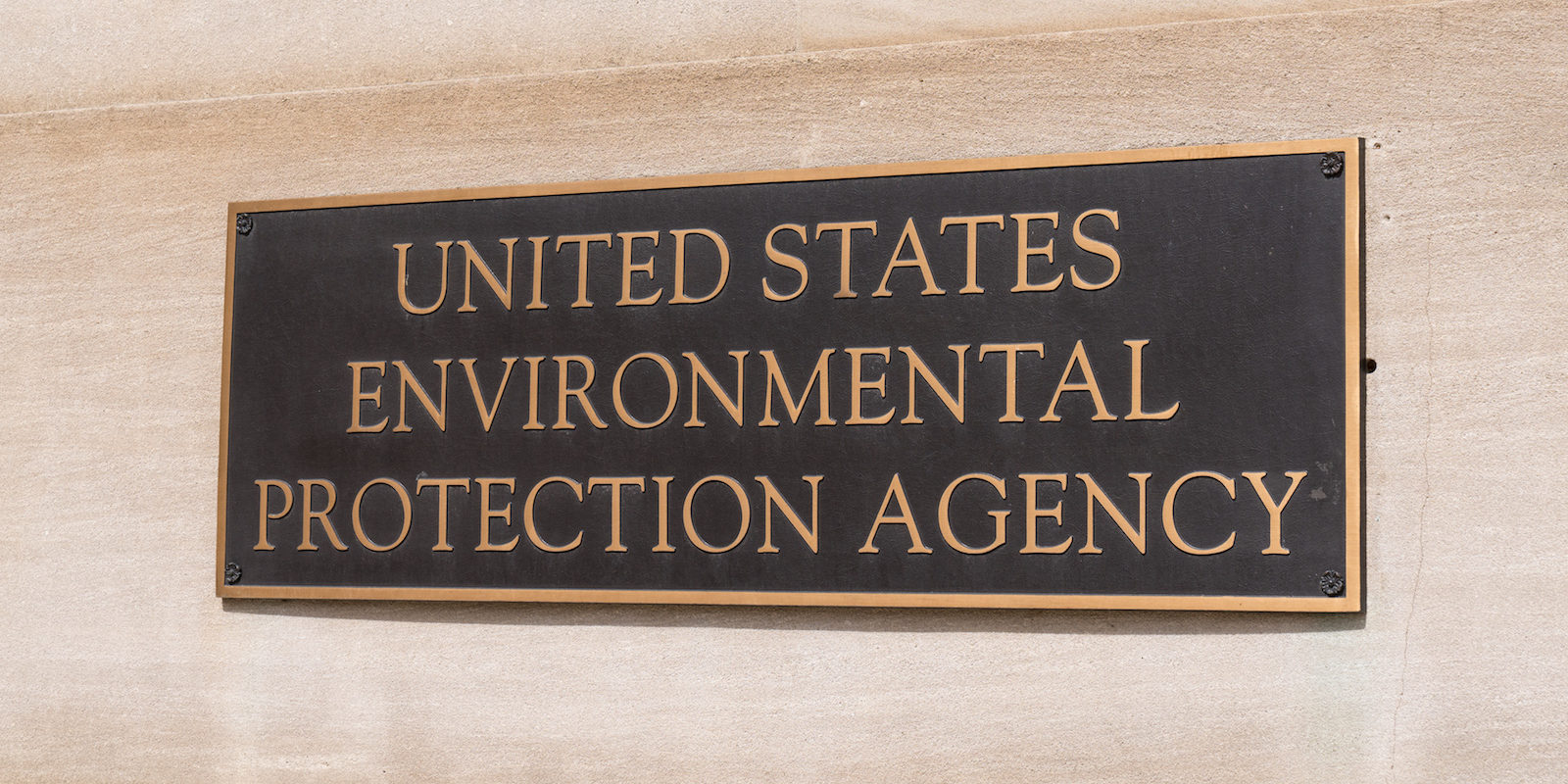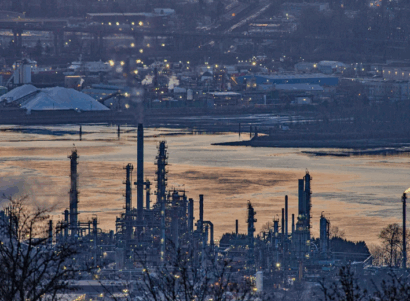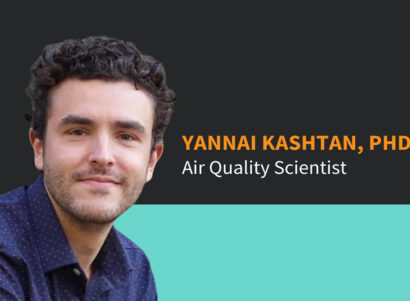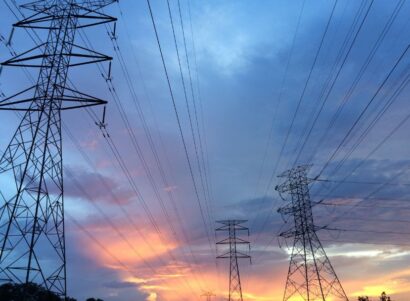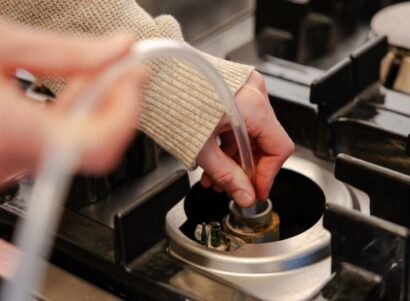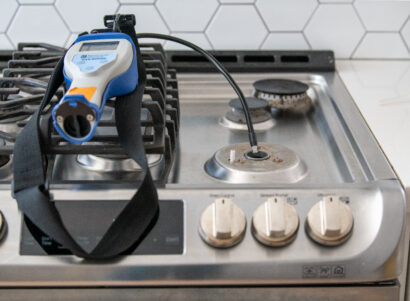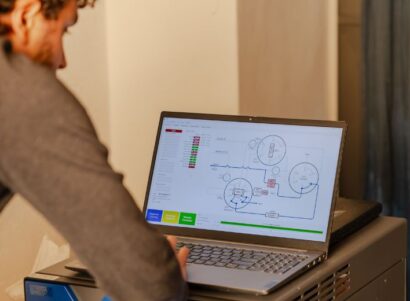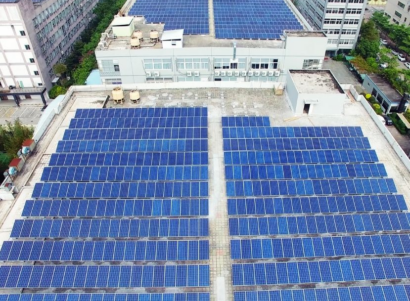Active soil-gas sampling refers to vacuum-based extraction of a gas sample from unsaturated unconsolidated (e.g. soil) or consolidated (e.g., fractured rock) subsurface media for subsequent field or fixed-laboratory analysis. This type of sampling has been used to support a variety of commercial and environmental activities. Environmental applications include evaluation of leakage of natural gas to the surface during oil and gas development; leakage of carbon dioxide to the surface during geologic sequestration of carbon dioxide; and leakage of volatile organic compounds into homes from contaminated soil and groundwater.
These applications have prompted the need to develop improved methods that will ensure detection of any gas and vapor migration that is present. Using field data from a location near Wichita, Kansas, I worked with co-investigators at the U.S. Environmental Protection Agency (EPA) to publish the EPA report “Leak, Purge, and Gas Permeability Testing to Support Active Soil Gas Sampling (EPA 600/R-18/225)” to improve quality assurance and quality control measures to support active soil-gas sampling.
We investigated four aspects of active soil gas sampling: (1) continuing calibration and flow testing of portable gas analyzers; (2) leak testing of above ground components of the soil-gas sampling train and the borehole of vapor probes (including leakage between screened intervals of a vapor probe cluster); (3) selection of vapor probe construction materials and equations suitable for gas permeability testing; and (4) purge testing to evaluate stabilization of fixed gases prior to collection of a soil-gas sample for fixed-laboratory analysis.
To read the report in advance of its posting on the EPA’s website, request a copy via email: domdigiulio@psehealthyenergy.
